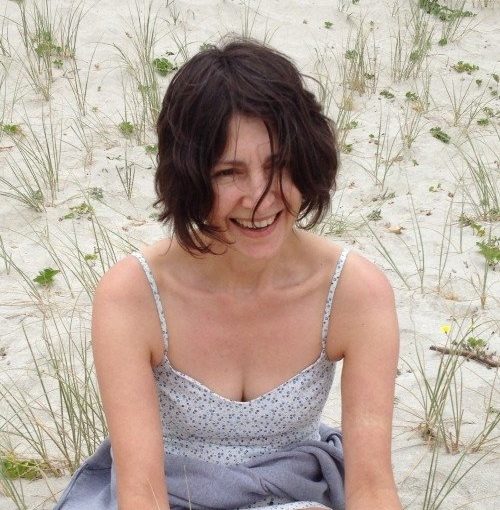by Leanne Radojkovich of http://www.leanneradojkovich.com
 Very short stories are as old as Aesop’s fables. Jorge Luis Borges, Kate Chopin and Anton Chekov (who said “I can speak briefly on long subjects”) have embraced the form. Ernest Hemingway has 18 very short stories in his book In Our Time which might today be called flash, as might Franz Kafka’s Parables and Paradoxes and Kurt Vonnegut’s Bagombo Snuff Box. More recent examples include J. Robert Lennon’s collection Pieces for the Left Hand, and Lydia Davis who has written several collections of very short fiction.
Very short stories are as old as Aesop’s fables. Jorge Luis Borges, Kate Chopin and Anton Chekov (who said “I can speak briefly on long subjects”) have embraced the form. Ernest Hemingway has 18 very short stories in his book In Our Time which might today be called flash, as might Franz Kafka’s Parables and Paradoxes and Kurt Vonnegut’s Bagombo Snuff Box. More recent examples include J. Robert Lennon’s collection Pieces for the Left Hand, and Lydia Davis who has written several collections of very short fiction.
However, an historical process is underway as literature moves into the online space, and, due to its brevity, flash fiction is arguably leading the way. Readers are increasingly consuming stories on mobile devices–the perfect medium for publishing very short stories which generally fit on one screen, or even in one tweet. A more democratic literary culture may be developing as both professional and non-professional flash writers publish on online via blogs, zines, and websites devoted to the form–while simultaneously networking the stories to a global audience via social media.
Flash is so portable, I wondered if it would be a good fit with new media, such as YouTube. However, when I searched YouTube I could only find videos of writers standing in front of a mic, reading their stories to a live audience. Which seemed a waste of YouTube’s visual potential. I wanted to make a video focusing on the story, rather than on the writer. I decided on four constraints: to film in a single continuous shot, from behind, in portrait (like a book page), and in bare feet. And I wanted to see what nature might offer. For example, the swells and waves and wind in “Dream Dad” just happened to work as metaphors for the emotion of the piece.
I posted the video on YouTube, and sent out one tweet and one Facebook post saying The Onion was up. I’d hoped, at the very least, some family or friends might have a look, but since then, The Onion has gained over 850 views from people in around 40 countries.
Encouraged, I gradually posted more flash story videos, and now there are 11. They’re all filmed using the same constraints which unify the videos into a kind of audio-visual chapbook. Altogether, they’ve been viewed almost 3,500 times.
Flash fiction is proliferating across digital technologies, including Twitter. British novelist David Mitchell, who recently wrote a 280-tweet story for Twitter, said: “[This] story is being narrated in the present tense by a boy tripping on his mother’s Valium pills…[thus reducing his] bruising hurly-burly of the world into orderly, bite-sized ‘pulses’. So the boy is essentially thinking and experiencing in tweets,” said Mitchell. “My hope is then that the rationale for deploying Twitter comes from inside the story, rather than it being imposed by me, from outside, as a gimmick.” (The Guardian 14 July 2014)
Very short stories are a very old form, but their recent popularity as flash fiction may be transforming storytelling practices and the wider literary culture.
See Radojkovich’s special video Press feature here.
.

